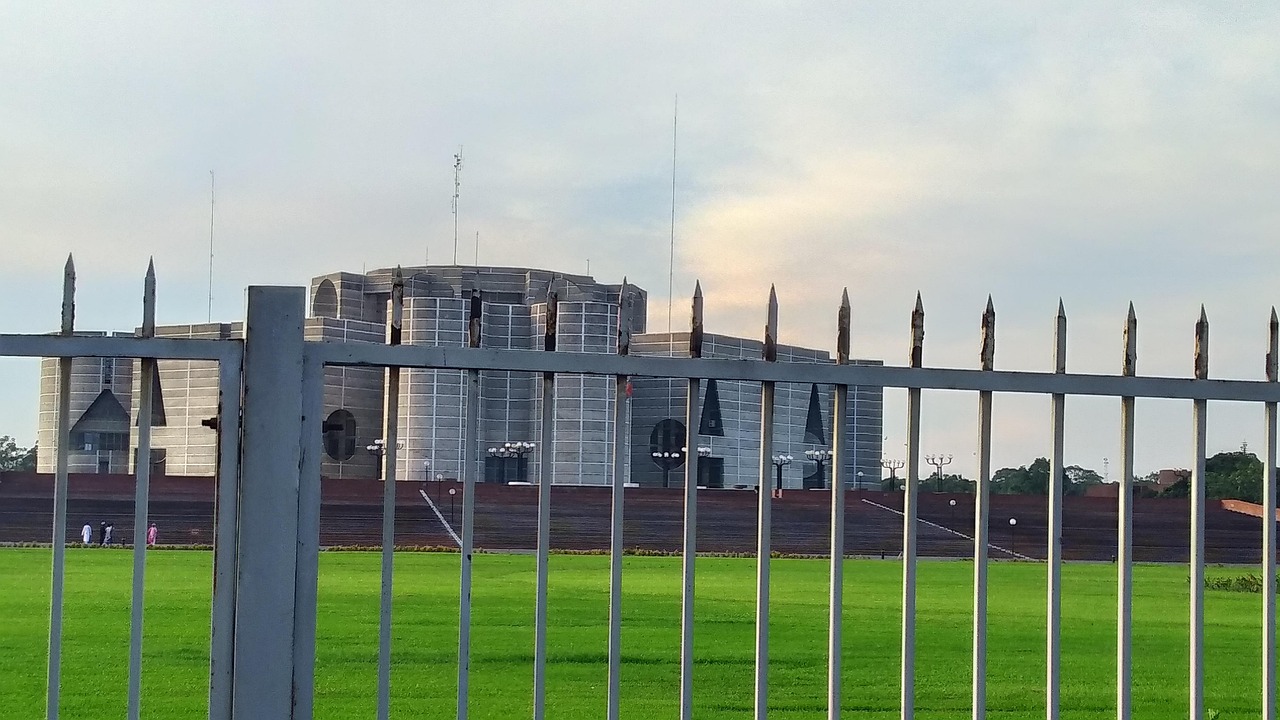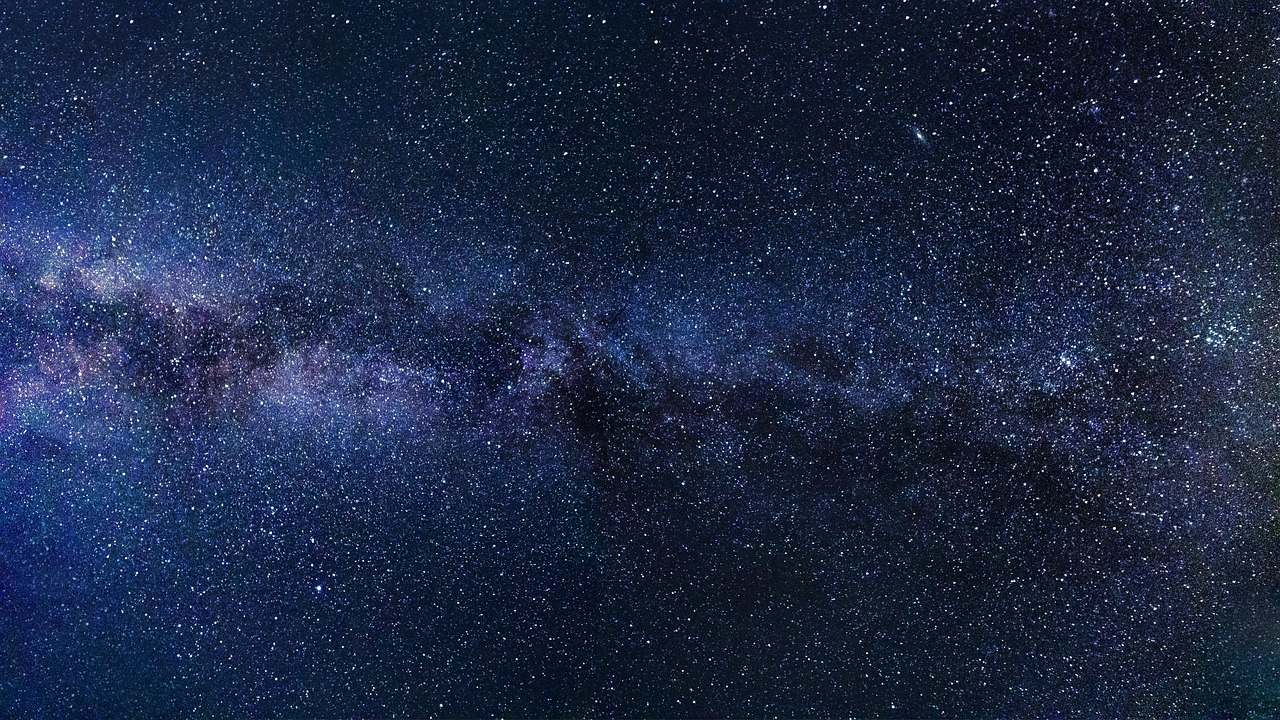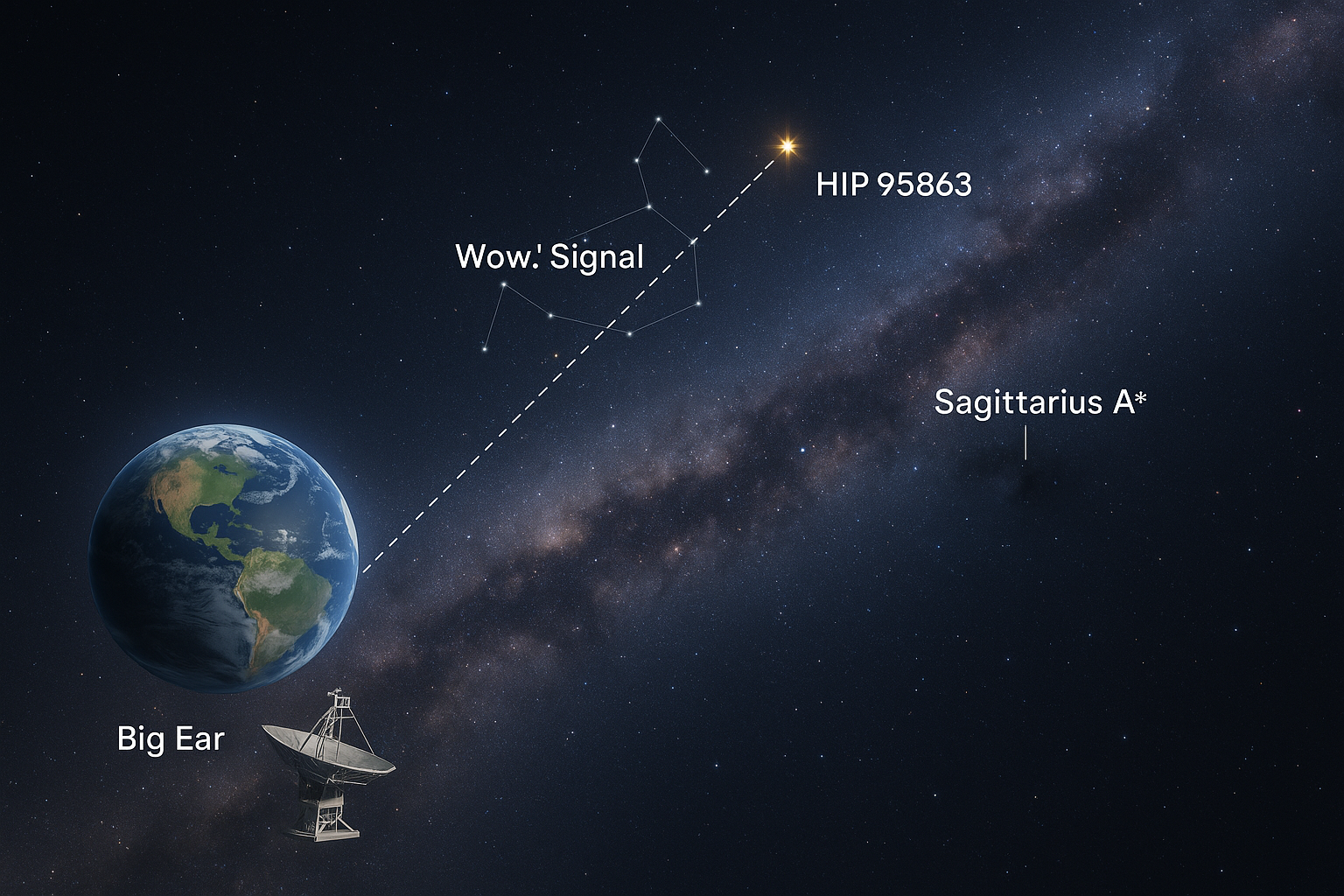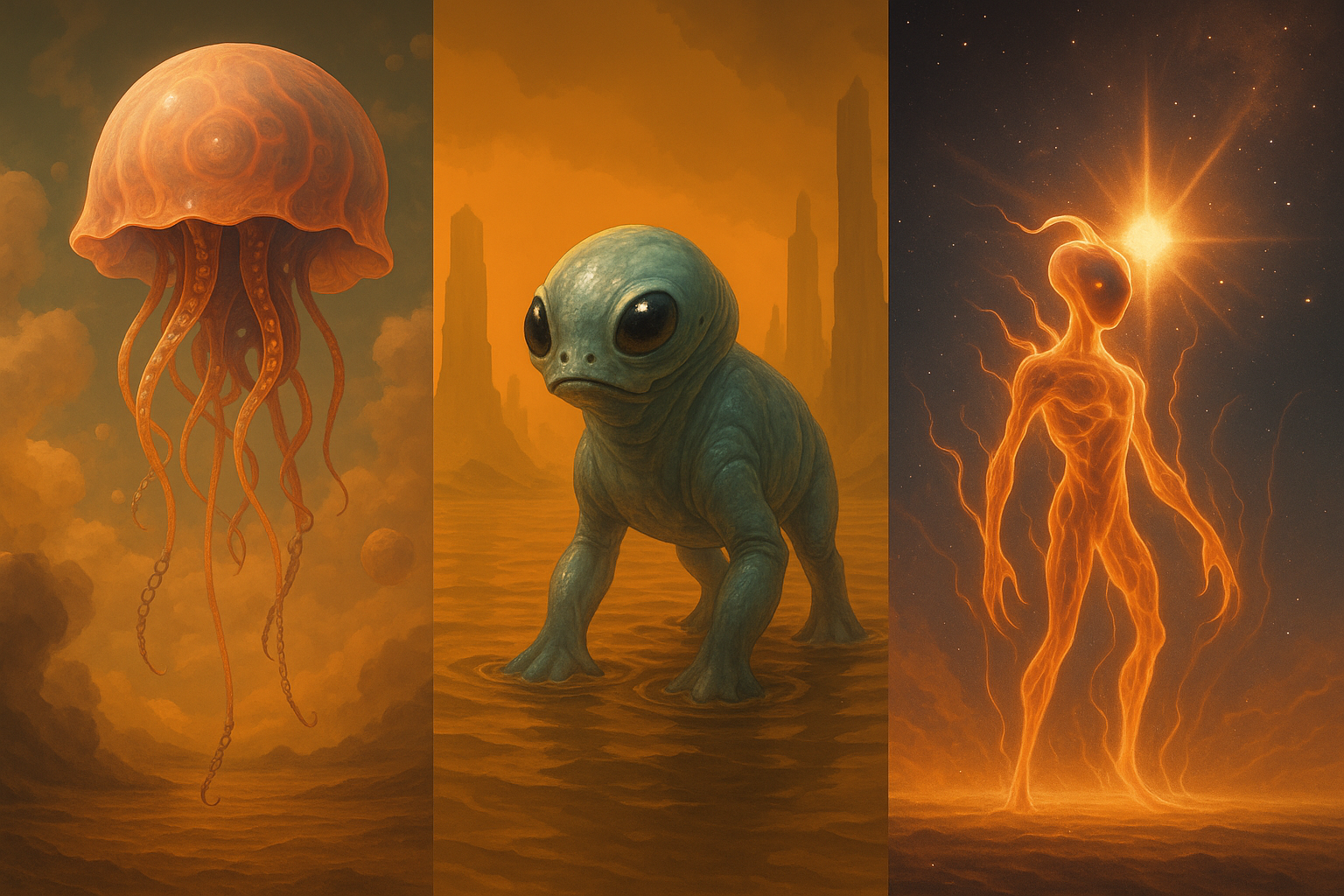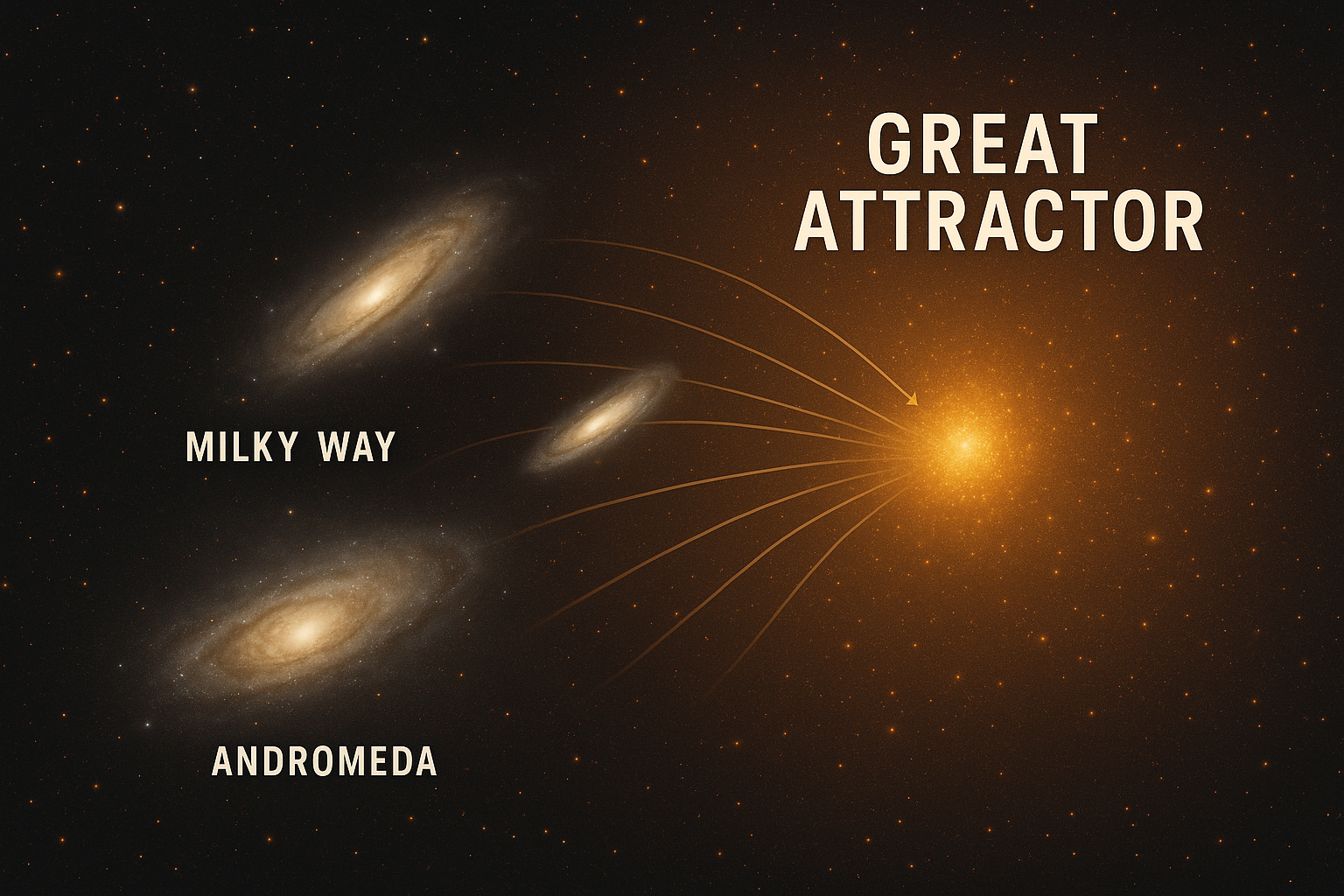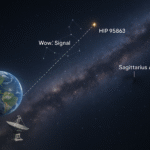A concise survey of the most promising exoplanet candidates in the Milky Way that could host conditions suitable for life, based on current observational evidence and theoretical criteria.
This report highlights several of the most notable planets and planetary systems within the Milky Way that are plausible candidates for environments where life — in some form — could exist.
Habitability Criteria — What Scientists Look For
- Liquid water capability: Planetary equilibrium and greenhouse effects must allow water to remain liquid at the surface or beneath an ice shell.
- Atmosphere: A stable atmosphere can regulate temperature and shield the surface from harmful radiation.
- Stable energy source: A relatively quiet host star (few extreme flares) increases habitability odds.
- Chemical building blocks: Availability of carbon, nitrogen, oxygen, phosphorus, sulfur, and metals.
- Geophysical activity: Tectonics or tidal heating can recycle nutrients and sustain long-term climate stability.
Kepler-452b — The “Older Cousin” of Earth
Discovered by Kepler in 2015, Kepler-452b orbits a G-type star similar to the Sun about 1,400 light-years away. Its orbital period (~385 days) and location in the habitable zone make it a strong candidate for having temperate conditions.
Key facts
- Radius approximately 1.6× Earth’s — likely a super-Earth.
- Receives similar stellar flux to Earth; potential for liquid water if rocky and possessing an atmosphere.
- Host star is older than the Sun, raising questions about long-term climate evolution (possible runaway greenhouse).
Kepler-452b remains a compelling but distant target; direct atmospheric characterization is currently out of reach and will require future large telescopes.
TRAPPIST-1 System — A Compact Family of Earth-sized Worlds
The TRAPPIST-1 system (≈40 light-years away) hosts seven Earth-sized planets orbiting an ultra-cool dwarf. Three of these (e, f, g) lie in the star’s habitable zone and are top priorities for atmospheric study.
Why TRAPPIST-1 matters
- Tightly packed orbits allow comparative planetology — how different atmospheres behave under similar formation conditions.
- JWST observations are probing these atmospheres for water vapor, CO₂, and potential biosignatures.
Tidal locking and stellar activity are concerns, but if thick atmospheres or magnetic shielding exist, habitable niches could persist — especially in temperate terminator zones.
Proxima Centauri b — Our Nearest Exoplanet Neighbor
At 4.24 light-years, Proxima b orbits within the habitable zone of Proxima Centauri. It is roughly Earth-mass and represents the best near-term target for future interstellar probes and ground-based atmospheric studies.
Opportunities and challenges
- Close proximity enables detailed study and potential future missions.
- Proxima is a flare star; high-energy radiation could strip atmospheres unless a robust magnetic field or dense atmosphere protects the planet.
If Proxima b retains an atmosphere, subsurface habitats or magnetospheric protection could preserve habitability.
K2-18b — A Promising Hycean Candidate
K2-18b, a sub-Neptune about 120 light-years away, sits in its star’s habitable zone and has shown atmospheric water vapor signatures. Its structure suggests a hydrogen-rich envelope over a possible liquid water layer — a hypothetical “Hycean” world.
- Atmospheric detections by Hubble and JWST indicate water vapor and complex molecules.
- Large radius and hydrogen envelope mean surface conditions (if any) differ from Earth, but deep oceans beneath thick atmospheres could still support life.
K2-18b expands the idea of habitability beyond Earth analogs to ocean worlds with radically different atmospheric chemistry.
Gliese 667 Cc and LHS 1140b — Super-Earths with Promise
Systems such as Gliese 667 Cc (~23 ly) and LHS 1140b (~40 ly) represent larger rocky worlds that occupy temperate regions around M-dwarfs. Their higher masses may retain dense atmospheres and sustain geologic activity — both beneficial for habitability.
- Gliese 667 Cc could be tidally locked, with habitable terminator zones.
- LHS 1140b orbits a relatively quiet star, improving its habitability prospects and making it an excellent JWST target.
Why These Discoveries Matter
Finding habitable planets reshapes our worldview: life may be common where conditions and chemistry permit it. These discoveries guide telescope design, inform mission priorities, and refine theories of planetary formation and climate evolution.
“Detecting a biosignature on any of these worlds would transform science and society — showing life is a cosmic outcome, not an Earth-bound accident.”
The Role of JWST and Future Observatories
JWST has enabled atmospheric spectroscopy of transiting exoplanets, detecting molecules such as water vapor, CO₂, and potentially biosignature candidates. Future telescopes — large ground-based ELTs and proposed space missions with direct-imaging coronagraphs — will push sensitivity and may directly image nearby Earth-like planets.
Conclusion
The Milky Way hosts a diverse population of worlds — rocky Earth-sized planets, icy ocean worlds, super-Earths, and Hycean candidates. While no confirmed extraterrestrial life has been found yet, the number and diversity of potentially habitable planets make it increasingly plausible that life exists elsewhere. Continued observation, improved instrumentation, and careful analysis of atmospheres will be the path to answering humanity’s oldest question: Are we alone?



